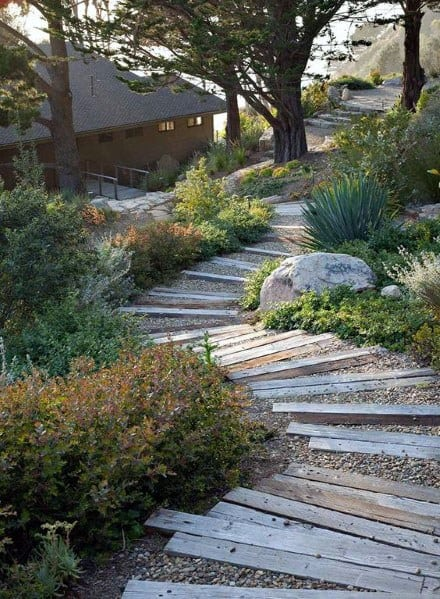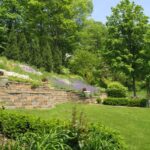Landscaping a hill can be a daunting task, but with the right techniques and design, it can transform the look of your outdoor space. When it comes to landscaping a hill, there are a few key things to consider to ensure a successful project.
One of the first steps in landscaping a hill is to assess the slope and topography of the area. Understanding how steep the hill is and which direction it faces will help determine the best plants and design features to incorporate. For instance, if the hill receives a lot of direct sunlight, you may want to choose plants that are drought-tolerant and can thrive in hot conditions.
Terracing is a common technique used in landscaping hills to create flat areas for planting or seating. By building retaining walls or steps, you can create multiple levels on the hillside, preventing erosion and adding visual interest. Terracing also makes it easier to maintain the hill by providing access to different areas for planting and maintenance.
Plant selection is crucial when landscaping a hill, as you want to choose plants that can handle the incline and varying conditions. Groundcovers like creeping juniper or thyme are great options for stabilizing soil on a hill and adding texture and color. Trees and shrubs with deep root systems can help prevent erosion and provide shade for other plants.
Incorporating hardscaping elements like paths, stairs, or seating areas can help break up the hillside and create a more functional space. Using materials like stone, brick, or wood can add a natural touch to the landscape and complement the surrounding plants. Consider adding lighting to highlight certain areas of the hill and extend the usability of the space into the evening hours.
Maintaining a landscaped hill requires regular care and attention to ensure that plants stay healthy and erosion is prevented. Mulching can help retain moisture in the soil and suppress weeds, while regular watering and pruning will keep plants looking their best. Periodically inspecting retaining walls and other structures for signs of damage or erosion is also important to prevent costly repairs in the future. By following these tips and techniques, you can create a beautiful and functional landscape on a hill that enhances the overall look of your outdoor space.
















